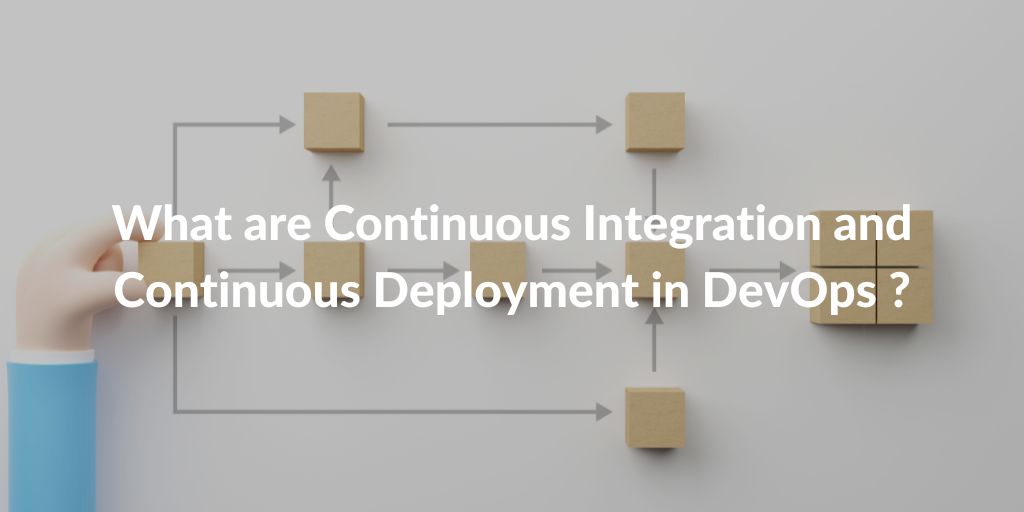Categories
Tags
Newsletter
Subscribe to the QRP International neswletter and get all the news on trends, useful contents and invitations to our upcoming events
Subscribe
Continuous Integration (CI) and Continuous Deployment (CD) are practices that are often used in DevOps to improve the efficiency and quality of software development.
In simple terms, Continuous Integration is about automatically testing code changes, and Continuous Deployment is about automatically releasing those changes. Together, they help to make the software development process more efficient, and improve the quality of the final product.
Both Continuous Integration and Continuous Deployment are important in DevOps because they enable faster feedback, improved quality, greater agility, better collaboration, and faster releases, while also ensuring a high level of quality of the software.
Continuous Integration (CI) is the practice of regularly integrating code changes into a shared repository, and automatically building and testing the software to ensure that it continues to function as expected.
The goal of CI is to detect and fix integration problems as early as possible. It helps to find and resolve issues and bugs early in the development process. If the developer’s code is tested and without bugs, it is deemed ‘green’ and is ready to be deployed to the next environment for testing.
CI is an important part of the DevOps workflow because it helps to ensure that code changes are thoroughly tested and validated before they are deployed to production. It also ensures that the codebase is always in a releasable state. With this, the development team can go to production at any time if they decide to, and this will give the team the ability to make faster and more frequent releases.
The benefits of Continuous Integration can be summarised as follows:
Continuous Deployment (CD) is the practice of automatically deploying new code changes to a production environment as soon as they pass the testing and build stages. This allows for a faster feedback loop, and makes it possible to release new features and bug fixes to customers more quickly.
When a developer pushes a code change to the central repository, the CI server will automatically build and test the changes. If the build and tests pass and are deemed ‘green’, the CD pipeline will automatically deploy the changes to a staging or production environment.
The main benefit of CD is that it allows development teams to deliver value to their users faster and more frequently. By automating the deployment process, teams can reduce the risk of human error, and spend more time focusing on developing new features. Additionally, CD enables teams to respond to user feedback faster and to make changes to the product with minimal delay.
The benefits of Continuous Deployment can be summarised as follows:
Continuous Integration and Continuous Deployment put together are called the CI/CD Pipeline. CI/CD pipeline is a combination of tools, processes and practices that work together to continuously integrate, test and deploy code changes to production.
It aims to shorten the development cycles, increase the frequency of releases and improve the quality of the code. Some of the best practices to implement the CI/CD pipeline in a DevOps environment are:
In order to optimise the use of the CI/CD Pipeline, it should be integrated with other components of the DevOps workflow and should fit within the overall DevOps environment.
A good functioning CI/CD Pipeline is essential for a successful DevOps project and therefore DevOps Project Management. The CI/CD Pipeline allows the DevOps team to deliver software faster, more reliable and with less overall risks.
Would you like to learn more? QRP International offers the DevOps Certification. Don’t hesitate to contact us for more information.